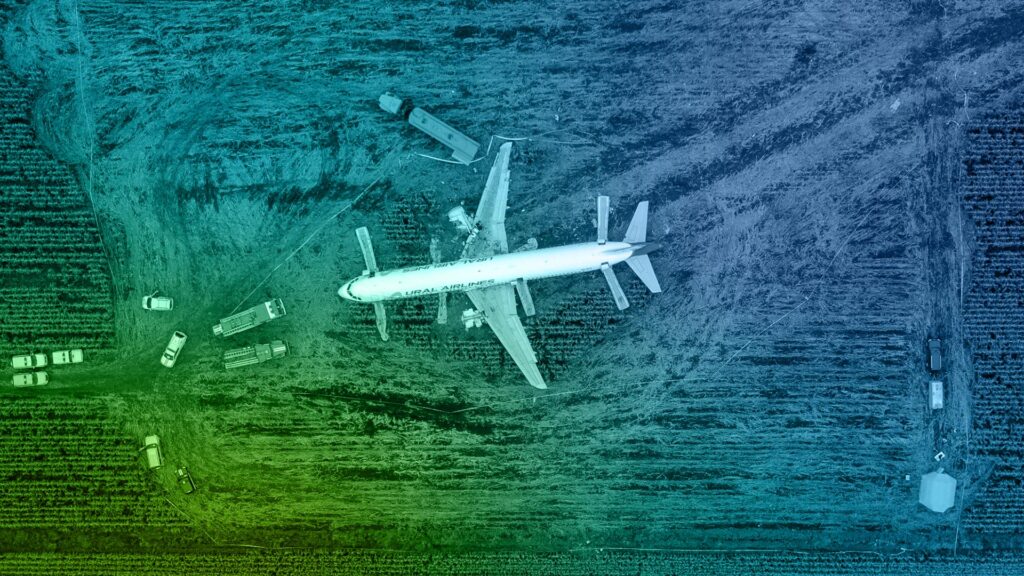It has been five years since Ural Airlines Flight 178 became Russia’s answer to the ‘Miracle on the Hudson’.
On 15 August 2019, shortly after take-off from Moscow’s Zhukovsky (formerly Ramenskoe) Airport, the A321 ingested birds in both engines, and made a forced landing in a corn crop less than a kilometre from the airport. Miraculously, all 233 on board survived, although about 60 passengers and crew were injured.
At the time details were scant, but gulls were suspected, and there was also talk of bird-attracting waste facilities close to the airport, something denied by authorities. Five years on, the investigation report has not been released officially, although a version was leaked in 2022. Aviation blogger and Russian language master’s degree graduate, Kara Dempsey, translated the leaked 205-page document from the Investigation Interstate Aviation Committee in 2023.
The Russian aviation bureaucracy is complicated. Allegedly, there is little love lost between the Investigation Interstate Aviation Committee, or the MAK (the Russian abbreviation), the Russian agency charged with accident investigation, and the Russian civil aviation authority, which goes some way to explaining the lack of an official report release.
The MAK report found that: ‘as a result of a collision immediately after lift off with a flock of gulls with masses greater than 1.13 kg, considered to fall within the “large bird” certification category, which caused mechanical damage to both engines, a decrease in total available thrust below the thrust of one engine in FLEX 49 (the regime under which take-off was conducted), an inability to continue the flight with the existing aircraft configuration (gear in the extended position), (led to) a forced landing outside the airport’.
MAK found that the aircraft had struck at least 15 birds, identified as European herring gulls, and/or Caspian gulls. The gulls hit the fuselage, wings, and engine nacelles – three or more birds were ingested into the left engine, at least one in the right, and one struck a sensor triggering false warnings.
‘Based on the results of this analysis, the Commission generally concludes that the adverse bird situation that existed at Ramenskoe Airport during the examined period of the year, along with the presence of a large number of locations attractive to birds close to the airport, and deficiencies in the bird control measures, which were due, in part, to regulatory and advisory bases that are obsolete or lacking updates, created additional flight safety risks and were causal to the accident.’
Further, MAK said, ‘The CABS-89, the active document defining the requirements for bird control in the Russian Federation at the time of the accident, did not correspond to its ICAO counterpart, global best practices, or modern ornithological knowledge. By order No. 541 of the Russian Ministry of Transport, 04/12/2020, this document is no longer in force. No other document defining the requirements for bird control has been adopted, which creates unacceptable risks under the current adverse bird situation at numerous airports in the Russian Federation’.




